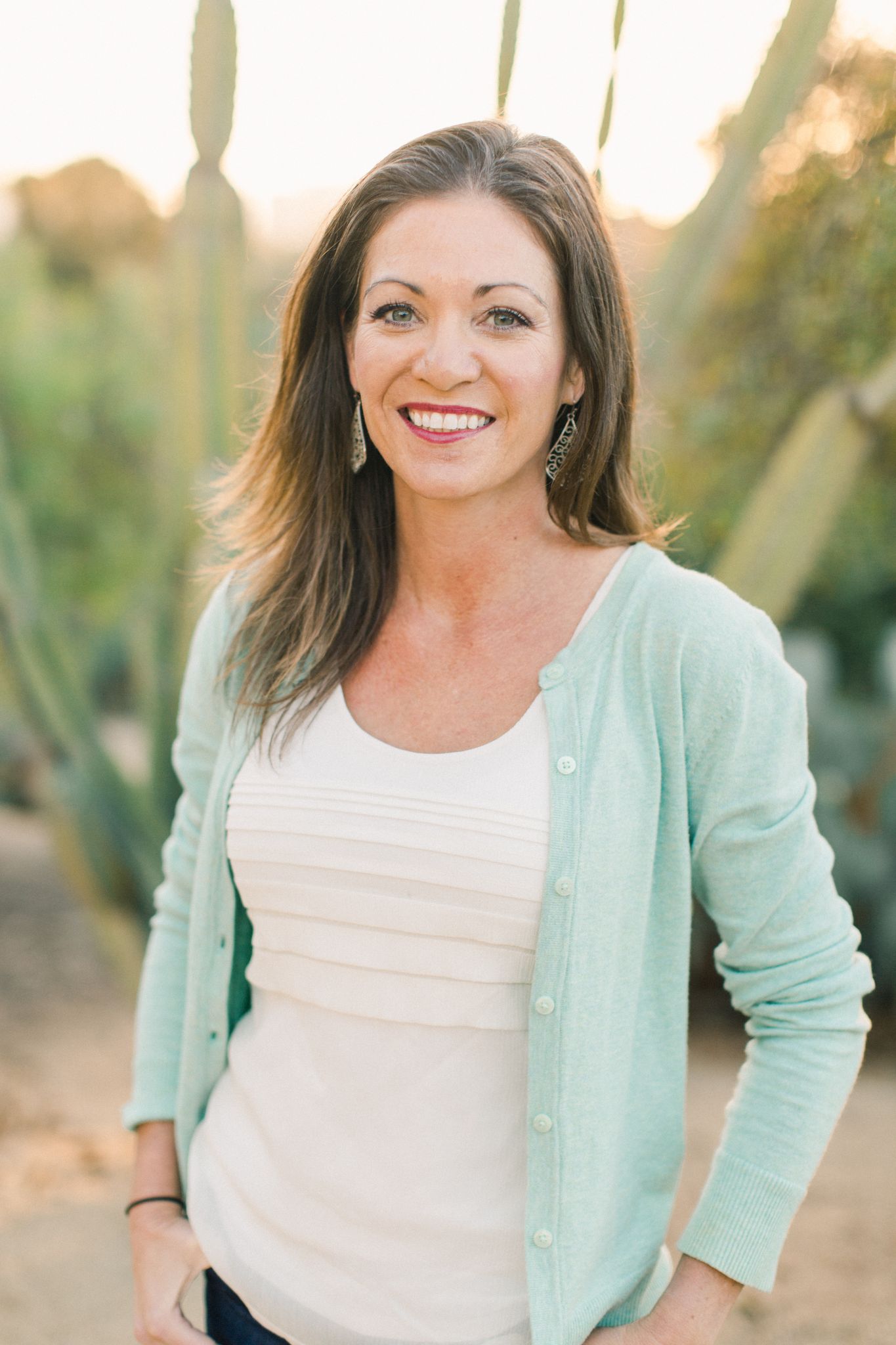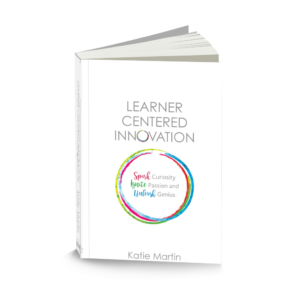I remember the first day walking in to my new classroom (C-206) as a beginning teacher. I was beyond excited and equally scared to death to meet my 7th graders. I began by surveying the room to find out what resources I had. I found a set of ELA anthologies, some SCOPE magazines and upon further discovery lots of lesson plans and resources for Shakespeare and Hamlet from the previous teacher. None of these interested me the slightest bit. I had a flashback of anthologies in my own K-12 experiences that I didn’t like then and wasn’t any more excited about them as a teacher. Worksheets with multiple choice options for the main ideas and grammar practice associated with Shakespeare were not any more appealing.
Luckily, in my preservice program, I learned how to teach as part of an interdisciplinary cohort of aspiring middle school teachers taught by faculty who all worked together to ensure our experience was connected and aligned to effective pedagogy. We were given laptops as part of our program (I now realize how rare and amazing that was for 2002) and was taught how to use the tools to research and integrate online resources into our learning and teaching. Rather than rely on the resources that were created by others for a generic population, I sat down to create something that was meaningful to me and would help me to get to know my new students.
I designed experiences to ensure I spent time building relationships with all of my 120 students. I knew it was going to be the best investment and therefore an easy focus for my first unit– Who am I? I had done a project in college and created a book about me, my family, our history, my path, and my dreams. I chose to adapt this project for 7th graders and aligned it to standards, but more importantly many other aspects that are integral to human development, belonging, and learning. This was the foundation for how I would continue to design learning experiences for my students in years to come.
Fast forward to my first year as a literacy coach at the same school with a very fresh perspective of the struggles that many teachers face. I was devastated to leave “my kids” and torn between strengthening my craft as a teacher and the opportunity to grow in other ways as a coach. There was no job description as it was a new role, only an expectation to “raise test scores.” I knew that many of of our kids needed so much to catch up the 3-4 years they were behind their “average” peers. I also knew how hard our teachers were working and I felt the need to prove my worth. So, I did the only thing I knew how to do that year. I worked harder to create lessons, design programs, and get grants to make it easier for teachers to deliver my lessons with lots of great new resources to their students. At the end of the year we had some success but my attempts to make their job easier by doing the work myself did not have the impact I had hoped for nor did it make their jobs any easier. Thankfully, I began to realize that we weren’t going to make wide-scale change if I didn’t involve teachers in the process by empowering them to create the lessons and to learn from their own implementation, reflections, and impact on student outcomes.
Through the lessons I learned as a coach and the many different models I have seen, the most significant impact on learning occurs when the learners (educators and students) are empowered have opportunities to take ownership of their learning. Too often, like I did early on as a coach, we can try and streamline and make it easier but we often cut out the learners from the process and deprive them of valuable learning opportunities.

This quote reminds me of the importance of empowering others to create, dream, and do is far more effective in creating learners than mandates and compliance will ever be. Teachers, given the proper time and resources, are best equipped to design learning experiences for their students. Even if it is with the best interest at heart, sometimes the programs, models, and lessons those far removed from classrooms create can add layers to the teachers’ work that impede their effectiveness with their students rather than make it better. I’m not suggesting that we take all supports and accountability measures away, I just asking that we take stock in what we are doing and genuinely ask for feedback from those we serve to make sure we supporting students and those closest to them to create the most powerful learning opportunities possible.
So whether you are a teacher, a coach, an administrator, consultant, or district leader, here are some questions for you to consider about how you support powerful learning. I encourage you to seek input from various stakeholders to understand your impact.
- Are you creating opportunities that positively impact learning (for teacher and students)? How do you know?
- Who is charged with designing the learning experiences that are expected take place in classrooms everyday? How effective is your model in meeting the unique needs of learners? How do you know?
- Do your programs and practices support teachers in the classroom to be as effective as possible? How do you know?
- Does your model foster compliance or empowerment? How do you know?


Your post brought back some memories, bad and good, of my early days as an instructional coach and designer.
In undergraduate physics and astronomy labs, we know giving students a “recipe” to follow does little to teach students the hands-on, real-world appearance of the concepts they see in class. So, I carefully designed a set of lab activities that guided discovery and gave students some agency over the activity. Facilitating these labs required extra training for the TAs – for example, how to ask the right question rather than give the answer.
It was supposed to be great. But the TAs weren’t buying in and running the labs the way I planned. You know why? Because I gave the TAs a recipe for running the lab. Do this. Then this. Now ask this question. The TAs weren’t engaging, taking the interaction where they could go. They certainly weren’t learning how to create a lab activity, something that would be valuable to their future success as faculty.
Eventually I realized my work was not helping the TAs learn. So I began getting their input on the design and leaving openings for them to fill in with their own knowledge and experiences. Wow, what a difference. The TAs engaged. They delivered better lessons and the students learned even more.
The moral of this is, don’t create resources and hand them to the instructors. Instead, teach the instructors how to create resources.
Peter